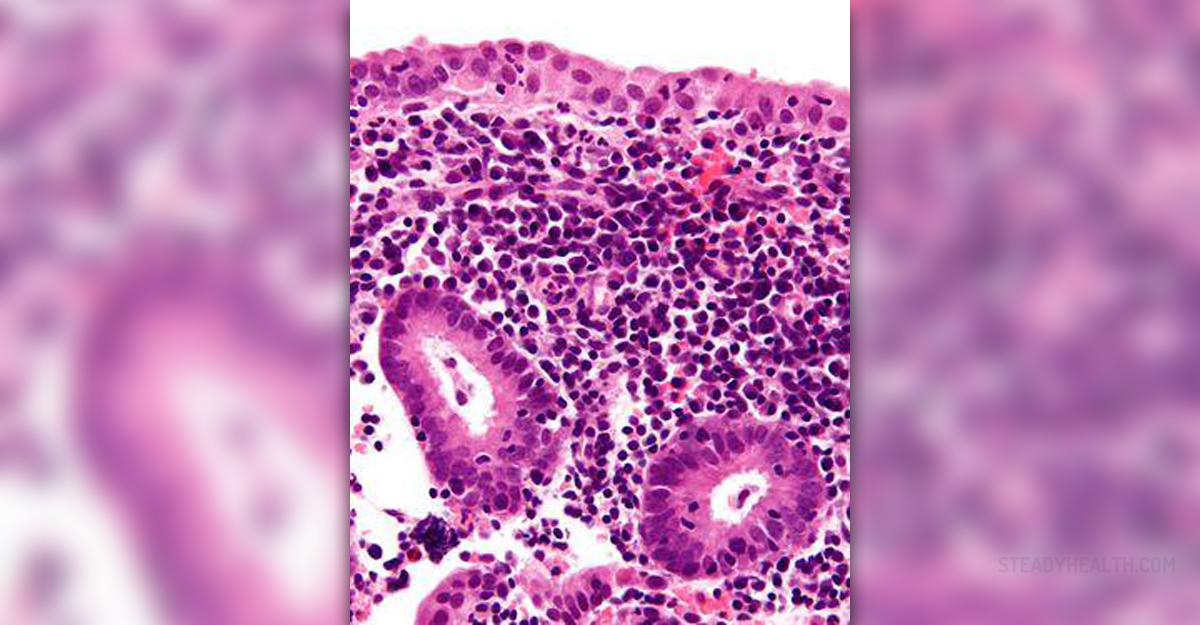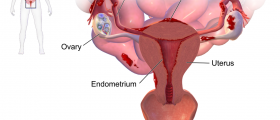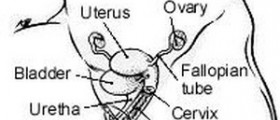
Endometrial cells are normally found inside the uterus, within the inner layer of the organ. If these cells get out of the uterus and settle in other organs on the pelvis the woman develops a condition known as endometriosis.
Endometrial cells shed each month during menstrual bleeding. They are supposed to get eliminated via the vagina. However, it may happen that some of these cells start moving back and after passing the fallopian tubes get scattered in the pelvis. After that they may settle on ovaries, the peritoneum, fallopian tubes etc. These cells form growths of different size and the very presence of such growth as well as behavior of the cells induced by hormonal changes are both responsible for all symptoms and signs of the disease.Who is at Risk for Endometriosis?
The condition affects women in their reproductive years. It is estimated that endometriosis affects million women, but the number may be even higher because some cases remain undiagnosed because the condition is asymptomatic. Endometriosis is serious and blamed for infertility in 20-50% women who are having problems to conceive. The condition is most commonly reported in women between the age of 25 and 35 although even little girl who have just entered puberty (11 years old) may develop endometriosis soon after they start with menstrual bleeding. Endometriosis Symptoms and Signs
Some women may suffer from endometriosis without even knowing it. This form of the disease is known as asymptomatic.
On the other hand, most patients with endometriosis deal with rather severe symptoms which require complex approach and treatment.
Even though endometrial cells that have been scattered may not form large formations in the pelvis they react to hormonal stimulation and behave as cells inside the uterus. Their behavior is responsible for all symptoms of the disease. Sometimes cells create larger growths and are then actually responsible for symptoms and signs of direct compression.
Most women complain about pelvic pain. Apart from that another typical characteristic of the condition is infertility.
Pelvic pain occurs along with menstruation or just before. It subsides after menstruation. Certain number of women may additionally complain about painful sexual intercourse, pain during urination/defecation. Pain is also felt during pelvic examination.
Pain associated with endometriosis basically depends on the very location of implants. So, if accumulated cells are located in well innervated tissues, pain is intensive. Pain is also more severe if accumulated cells jeopardize circulation of the affected area. Finally, pain may be associated with scarring which subsequently develops after bleeding and inflammation caused by the presence of endometrial cells.
Apart from the mentioned, some women suffering from endometriosis may also complain about lower abdominal pain, diarrhea/constipation, irregular/ heavy menstrual bleeding and blood in urine.

















Your thoughts on this
Loading...